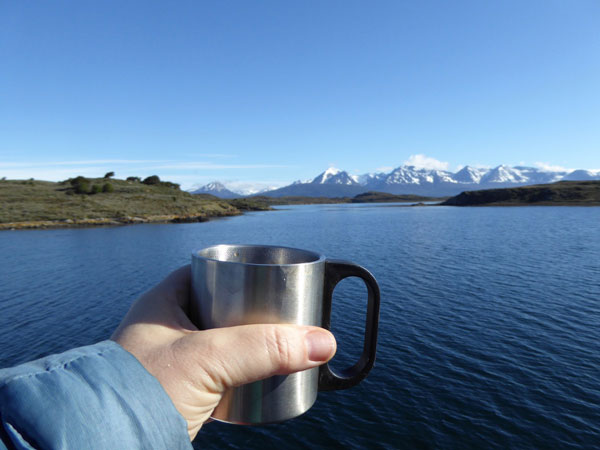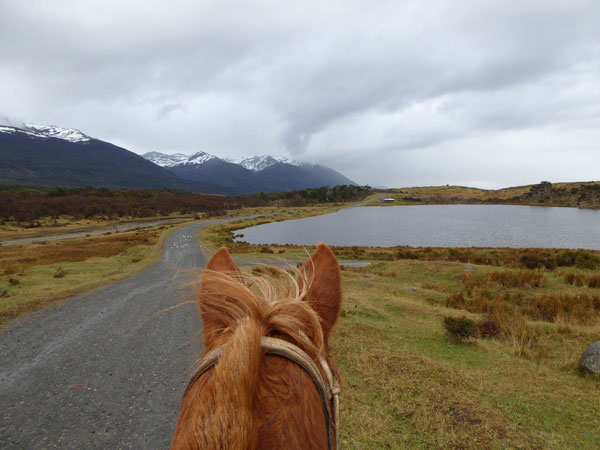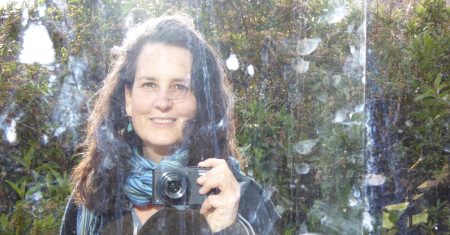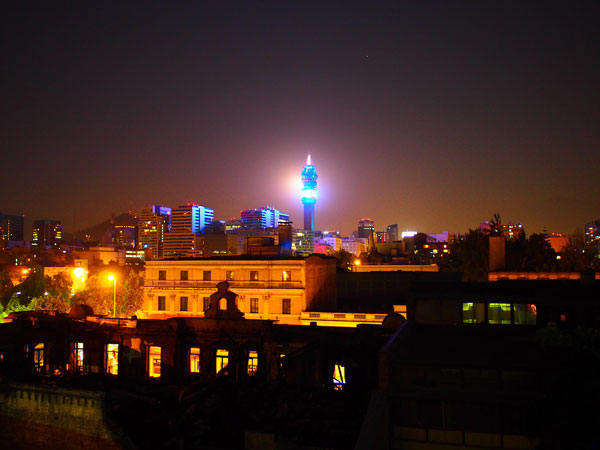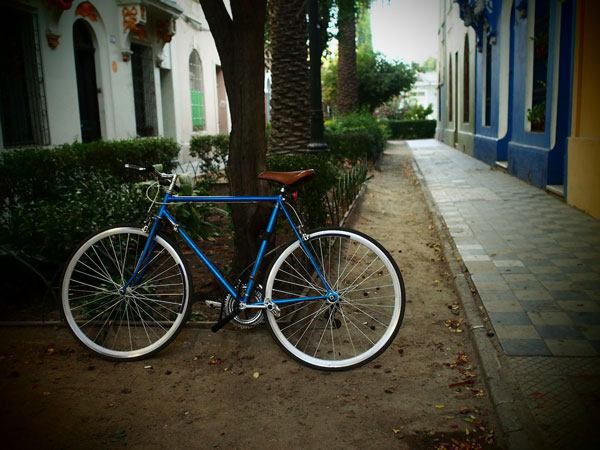It’s been years now that I would be considered fluent in Spanish by most people. Certainly, I’ve got my weak spots, but for the most part, there’s little barrier between me and the people around me. But there are ways in which Spanish is still a little kooky for me. Just a touch out of step. Not quite my comfort language.
For example, I have a tendency to translate names. For example, the street just one street over from me is called Muddy Admiral (Almirante Barroso). Another friend lives on 100 Fires (Cienfuegos). Duble Almeyda is double treed boulevard to me, and there are countless others. It mostly helps me to remember where I am going when I’ve never heard the name before, and then sometimes these mnemonics stick around for a while.
Another problem is that for unusual words (and continuing the place name theme), I sometimes don’t have enough background to know what the name of a place might mean. Plants and trees are a fine example. I used to live near a street called Los Nogales. The walnut trees, of course. I learned that years later. Algarrobo, a beautiful beach in the litoral central means “the acacias,” (though this, I am told, is not Spanish). And what about El Arrayan, the lovely alerce-roofed hamlet up out of Santiago proper, and up towards the sanctuary of the same name? That means crepe myrtle. El Sauce, a part of Santiago I’ve never been to, but busses from which cross town, means “the willow.” See? so pretty.
But sometimes a place name means nothing in reality, or means nothing like what it sounds like to me. Case in point: tomorrow with my mother in tow, we are going to a lagoon called Laguna Cejar, which to me sounds like the word for “giant eyebrow.” Or perhaps “to eyebrow.” It helps me to remember the name, sure. But somehow I kind of don’t want to.

